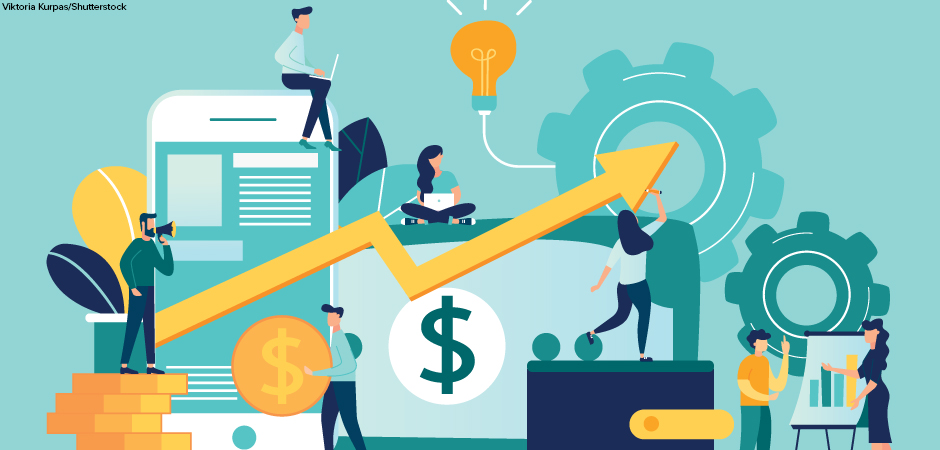
Since 2003, Congress has designated the month of April as National Financial Literacy Month. This month was chosen to help young people learn how to make smart decisions about money.

What Is Financial Literacy?
Financial literacy is the ability to manage and take control of personal finances so that one’s financial future is secure. It also includes understanding the beliefs and behaviors that cause people to make positive or negative choices about money. Three key aspects of financial literacy are saving, budgeting, and managing credit (borrowing).
Saving
Do you have a savings account? If you don’t, you are not alone. The Federal Deposit Insurance Corporation (FDIC) estimates that about 6 million Americans have no savings or checking account at a bank or credit union.
A savings account is intended to be a place where you can save your money. You deposit funds into the account. In return, the bank pays you a certain percentage for keeping money in the account. That payment to you is called interest. The more you save, the more interest you receive. The key is to start saving early and to be as consistent as possible. This might mean putting $10 or $20 a month into an account. If you get into the habit of saving, your account can increase surprisingly fast. The America Saves organization can help you set up a savings plan.
Many people put money into savings accounts as backup funds in case of an emergency. Such emergencies might be a broken refrigerator or losing one’s job. Others save to pay for specific things—a vacation, a new car, or college tuition. One advantage of a savings account is that your money is available if you need it quickly.
It is easy to set up a savings account at a bank or credit union. If you are 18 years old, all you need is a photo ID, your Social Security number, some personal information (address, phone number, email), and money to deposit. If you are under age 18, a parent or guardian must help to open the account. Once the account is set up, you can continue to deposit or withdraw money, either in person or online.
Budgeting
Another step in financial literacy is to set up a budget. This helps you learn how much money you spend and if you need to spend less. Make a list of everything you buy for an entire month. Put these expenses into categories, such as Food, Entertainment, Transportation, or Personal Care (clothes, haircuts, etc.). Add a category for Savings. Then you need to list all the income you received that month, whether as an allowance, a gift, or part-time pay. Add the amounts in both lists. If you spent more than you earned, you need to do one of two things: earn more or spend less.
Managing Credit (Borrowing)
When you are 18, you will be able to apply for a credit card or a loan. Both are ways to borrow money. A credit card allows you to purchase something now, and then pay back the full amount later. Similarly, you may want to get a loan to buy a vehicle, and then pay off the loan in monthly installments, or payments. Just like a bank pays you interest on the money in your savings account, you must pay interest on a credit card or loan. If you start saving early and have a steady source of income—such as a part-time job—you will have a positive credit history. Financial institutions will generally charge a lower interest rate if you have a positive credit history.
Borrowing carries risks. If you don’t pay the credit card or loan back on time, the interest adds up quickly. Many people who use credit cards unwisely struggle just to pay the interest, much less the original amount borrowed. And this may go on for years.
People with good financial literacy skills pay off their credit card bills every month to avoid paying interest fees. They also follow their budget to make sure they are not purchasing more than they can repay. In addition, they save money for down payments on large purchases, such as a new car. Doing so means that the amount they need to borrow is smaller and can be repaid faster.
